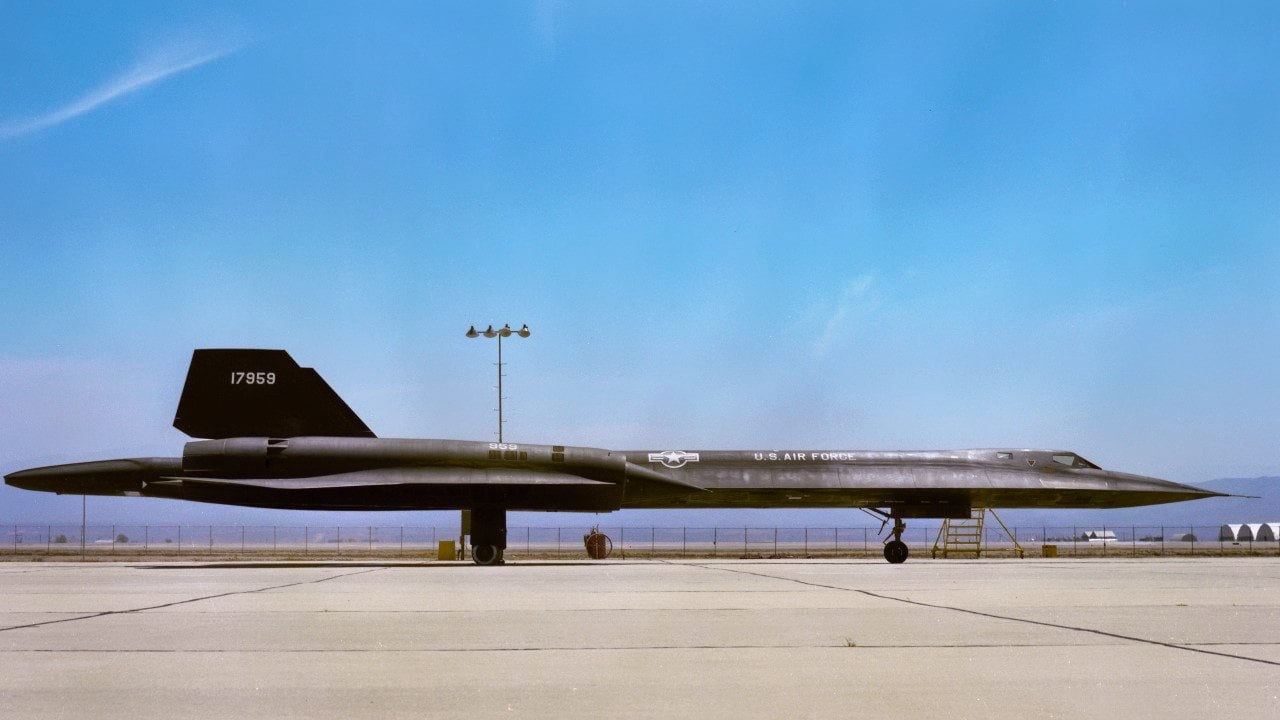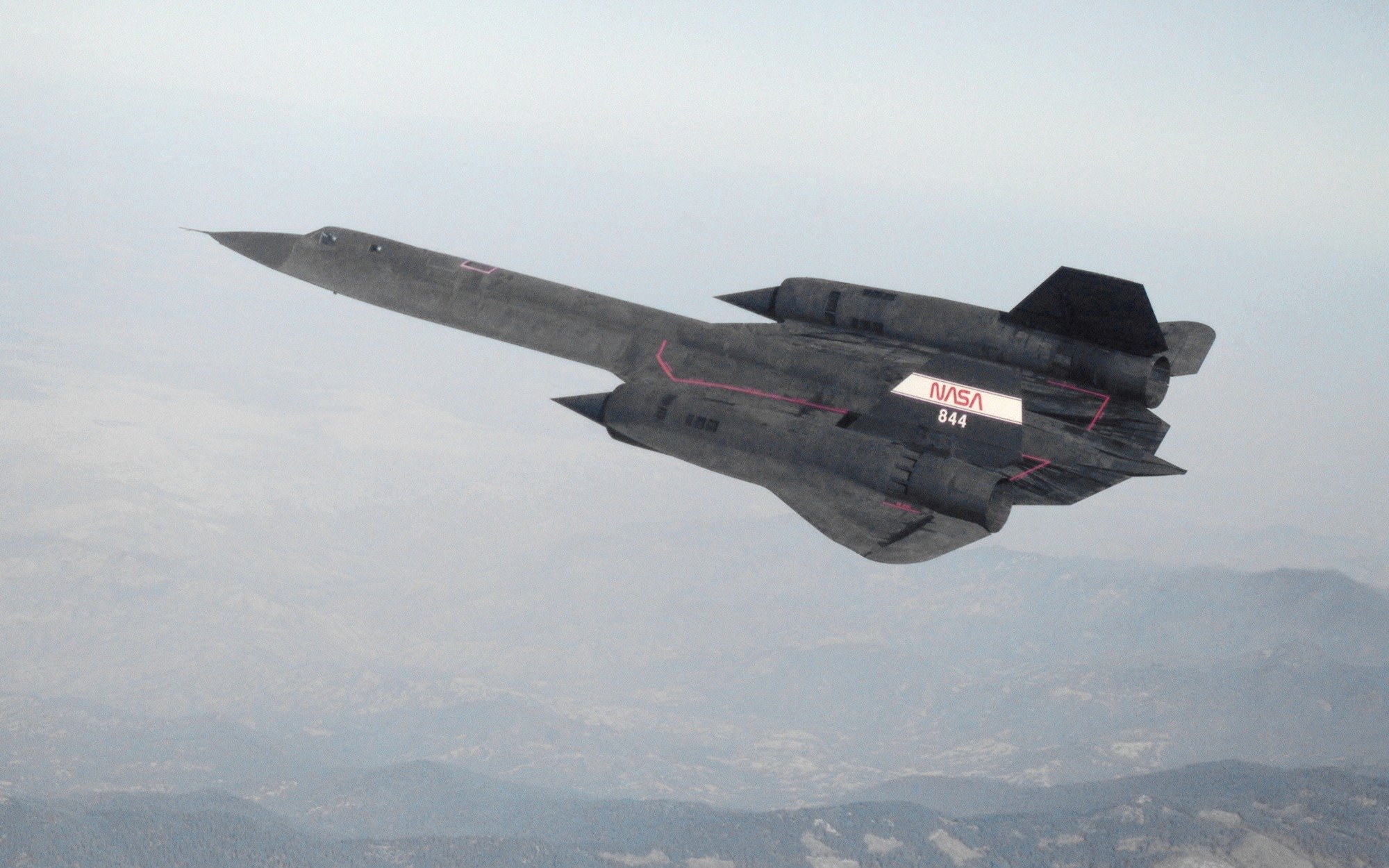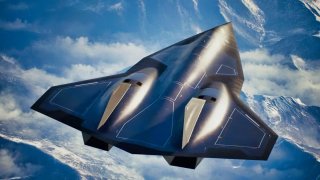You Aren't Ready: The SR-72 in Top Gun 2 Might Be Real and Hit Mach 6
The fastest plane ever, the SR-71 Blackbird, could fly at Mach 3.2 and an altitude of 85,000 feet, a record still unmatched. Lockheed Martin's Skunk Works team is now developing its successor, the SR-72 "Darkstar," which aims to reach speeds of Mach 6.0.
Summary and Key Points You Need to Know: The fastest plane ever, the SR-71 Blackbird, could fly at Mach 3.2 and an altitude of 85,000 feet, a record still unmatched. Lockheed Martin's Skunk Works team is now developing its successor, the SR-72 "Darkstar," which aims to reach speeds of Mach 6.0.

What We Do Know: The SR-72, rumored since 2007 and popularized by its appearance in the latest Top Gun movie, would feature advanced materials to withstand extreme temperatures and possibly carry hypersonic missiles.
Important: If realized, the SR-72 would provide the U.S. Air Force with unparalleled speed and strike capabilities, potentially outmaneuvering even the most advanced air defenses.
The fastest plane to ever fly is surprisingly not a fifth-generation airframe.
More than five decades ago, manufacturer Lockheed Martin introduced its long-range, high-altitude, strategic reconnaissance aircraft, classified as the SR-71 Blackbird. This legendary airframe could fly at an altitude of 85,000 feet and exceed three times the speed of sound, reaching Mach 3.2. These specs remain uncontested even in the modern aerial space.
Although the Blackbird has been retired since the late 1990s, its successor may soar the skies within the next decade.
Introducing the SR-72 Darkstar or Son of Blackbird
When the SR-71 was pulled by the U.S. Air Force in 1998, the service also lost the plane’s unique set of capabilities. Fifth-generation U.S. platforms like the F-22 Raptor and F-35 Joint Strike Fighter certainly possess similar if not better stealth technologies – but they cannot match its speed.

Back in 2007, reports began circulating that Lockheed Martin may be developing a successor to the SR-71, a craft able to fly at speeds reaching Mach 6.0. In 2013, the company’s Skunk Works team’s development work on the SR-72 was published by Aviation Week & Space Technology.
The original Blackbird could reach such high speeds thanks to its unique Pratt & Whitney J58 turbojet engine. Often referred to as a “turboramjet,” the J58 was the first engine designed to operate for longer periods of time using its afterburner and was the first engine flight-qualified to travel at speeds of Mach 3.0 for the Air Force.
The engine used variable geometry nozzles to manage inflowing air, allowing it to circumvent pipes out of the engine’s early compressor stages and travel directly into the afterburner to further increase thrust.
SR-72: Other Specs & Capabilities
For the SR-72, only seen at the moment in the latest Top Gun movie, Lockheed initially collaborated with Aerojet Rocketdyne to develop a new engine from the now canceled HTV-3X.
At speeds greater than Mach 5.0, the resulting high temperatures can melt conventional metallic airframes. To rectify this, engineers are researching alternate composites including high-performance ceramic, carbon, and metal mixes.
In terms of armaments, the exact payloads the SR-72 will be expected to carry have yet to be divulged - if anything. Secrecy aside, no current payloads exist that could pair with an airframe flying at speeds as high as Mach 6.0.

If Lockheed’s SR-72 plan is realized, the new airframe would be capable of outpacing even the most sophisticated modern air defenses. Lockheed’s program manager outlined how a hypersonic aircraft coupled with hypersonic missiles could penetrate any airspace and strike essentially any location across a continent within an hour. As tensions continue to ramp up between Washington and Beijing, this unmatched capability would be a huge asset for the Air Force.
About the Author: Maya Carlin
Maya Carlin, National Security Writer with The National Interest, is an analyst with the Center for Security Policy and a former Anna Sobol Levy Fellow at IDC Herzliya in Israel. She has by-lines in many publications, including The National Interest, Jerusalem Post, and Times of Israel. You can follow her on Twitter: @MayaCarlin. Email the author: [email protected].
Image Credit: Creative Commons. All images besides main image are of the SR-71 Blackbird.


